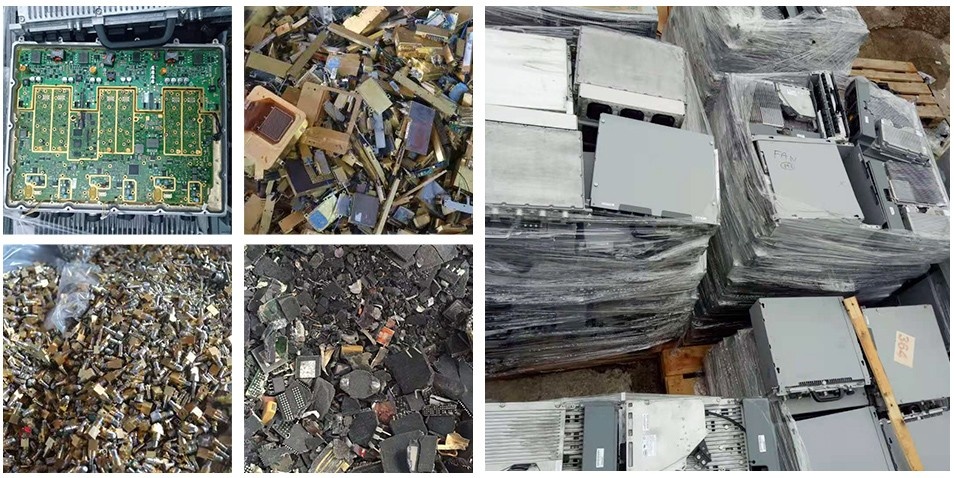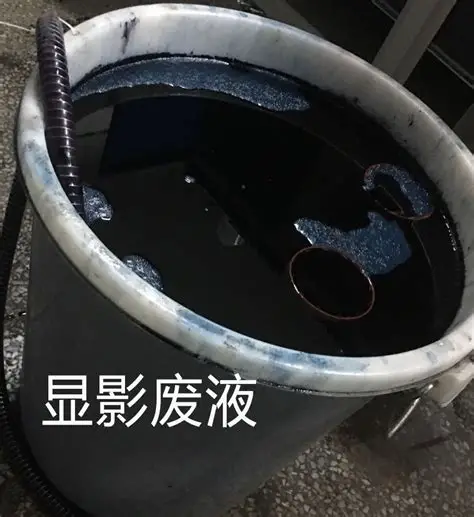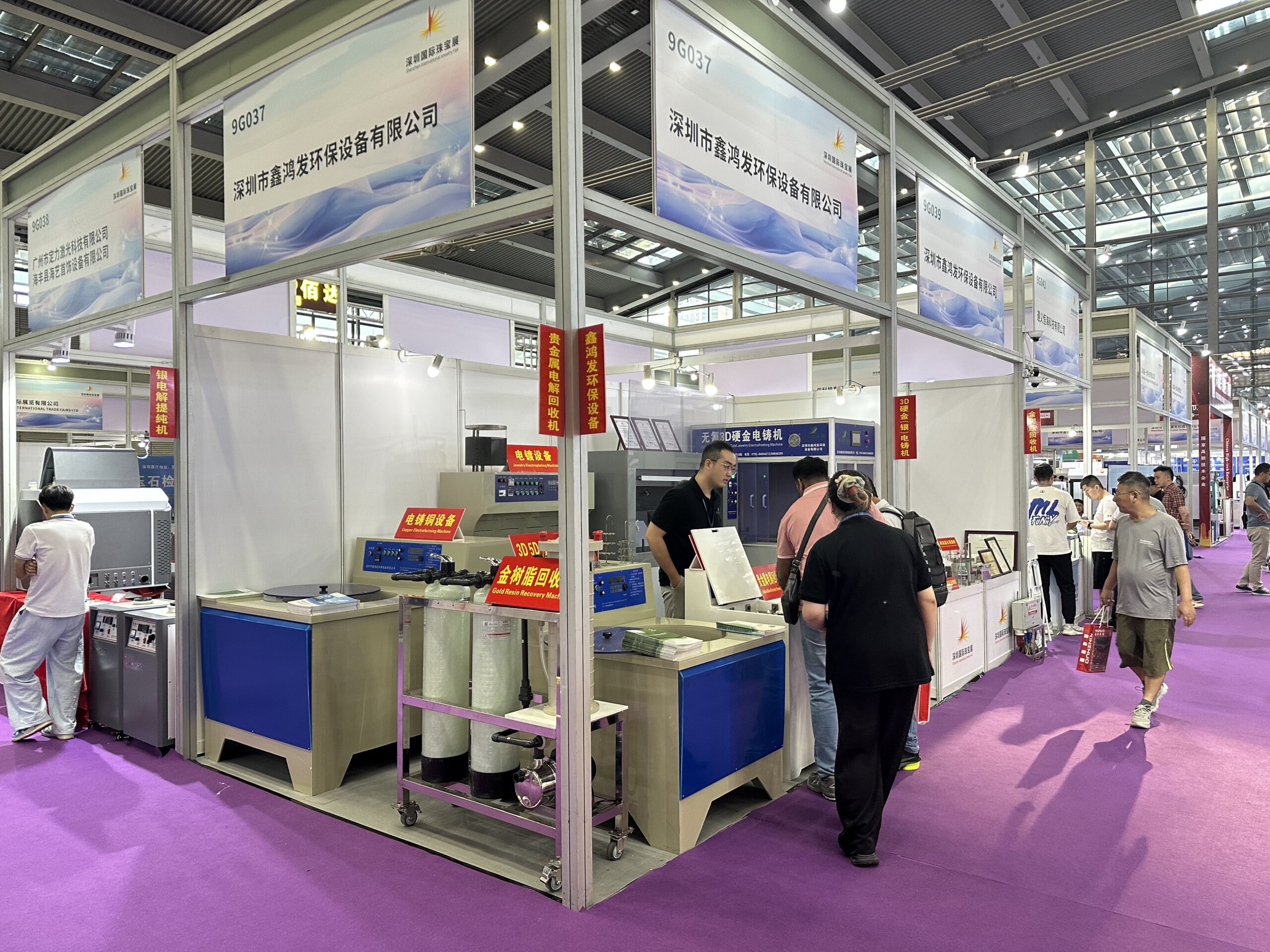Chapter 1 Introduction: Electronic Scrap and the Value of Precious Metals
In today’s rapidly developing information and intelligent world, electronic products have permeated every aspect of human life. Mobile phones, computers, servers, home appliances, and communication equipment are replaced in massive quantities every year. At the same time, the “urban mine” created by these discarded electronic products (i.e., electronic waste, or e-waste) is becoming a significant source of precious metals worldwide.
According to statistics, one ton of discarded mobile phone motherboards contains approximately 200–350 grams of gold, a figure far exceeding the average gold content of natural gold mines. For this reason, e-waste recycling has been considered the “second mine” for the precious metals industry. Efficient, safe, and environmentally friendly extraction of precious metals such as gold, silver, palladium, and platinum from e-waste has become a key focus in the global resource recycling industry.
This article will focus on the process of recovering gold from e-waste, combining traditional chemical methods for gold removal with our company’s developed precious metal electrolytic recovery machine technology to explore their principles, operating steps, advantages and disadvantages, and practical applications.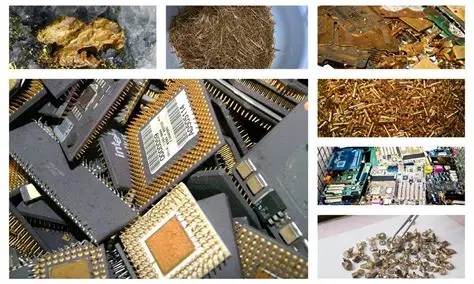
Chapter 2 Sources of Precious Metals in Electronic Scrap
Gold in electronic scrap is primarily found in:
1. Gold plating on printed circuit boards (PCBs)
Commonly found on mobile phone motherboards, computer motherboards, and server boards.
The thickness of the gold plating is typically 0.05–0.15 microns, but due to the sheer volume, the total amount can be staggering.
2. Connectors and pins
High-speed signal interfaces, memory module slots, CPU pins, hard drive connectors, and more are often electroplated with a thin layer of gold to ensure conductivity and oxidation resistance.
3. Chips and packaging materials
Some IC chips use gold wire for wire bonding.
High-end chips and military or aerospace components contain even higher gold content.
4. Other electronic components
Relay contacts, capacitor electrodes, and more.
Conclusion: Although the gold in electronic scrap is dispersed and thin, its overall content far exceeds that of natural gold ore, making it highly valuable for recycling.

Chapter 3 Chemical Gold Removal Powder Method
3.1 Process Principle
The gold removal process involves using chemicals to dissolve the gold layer on the surface of electronic scrap, then precipitating it as a powder. Commonly used gold removal powders are typically mixtures of thiourea, chlorine compounds, or cyanides.
Basic Principle:
(1)Dissolution Process: After the gold removal powder comes into contact with the gold layer, the oxidant and complexing agent transform the gold from a solid state into a soluble complex.
For example:![]()
(2)Reduction precipitation: Gold ions in solution are acted upon by a reducing agent, reprecipitating as gold powder.
For example:![]()
3.2 Operational procedures
(1) Pretreatment
Disassemble electronic waste and remove plastic, aluminum, and iron parts. Chop and crush the gold-plated parts to increase the specific surface area.
(2) Leaching
Add a gold removal powder solution to a corrosion-resistant container. Put the broken parts into the solution and heat or stir to accelerate the dissolution of gold.
(3) Filtration and separation
Solid-liquid separation to obtain a gold-containing solution.
(4) Reduction precipitation
Add a reducing agent (such as sodium sulfite or sodium metasulfite) to the solution. Gold powder gradually precipitates.
(5) Cleaning and drying
Wash the precipitate to remove impurities. After drying, coarse gold powder is obtained.
(6) Smelting and purification
Put the gold powder into a crucible and smelt it at high temperature to obtain a gold content of about 95–99%.
3.3 Advantages and Disadvantages Analysis
Advantages:
(1)The process is mature and the operation is relatively simple.
(2)The equipment investment is low, making it suitable for small workshops or laboratories.
Disadvantages:
(1)High chemical consumption and high costs.
(2)Wastewater and waste gas pose a serious risk of pollution and require specialized treatment.
(3)Recovery rate and purity are significantly affected by operation and are typically between 90% and 95%.
Chapter 4 Precious Metal Electrolytic Recovery Machine Technology
To overcome the shortcomings of traditional gold powder recovery methods, our company has developed a precious metal electrolytic recovery machine. This equipment utilizes electrochemical principles to efficiently and environmentally friendly recover precious metals such as gold and silver from wastewater.
4.1 Working Principle
(1)A solution containing gold ions serves as the electrolyte.
(2)Under the influence of a DC power source, the gold ions migrate toward the cathode and deposit on the surface of the cathode plate, forming a high-purity metal layer.
(3)The anode is an inert material and does not participate in the reaction.
Chemical reaction:![]()
4.2 Operation steps
(1) Preparation of electrolyte
a.Use the gold-containing solution obtained from the gold powder recovery process as the raw solution.
b.Adjust the pH and ion concentration to make it suitable for electrolysis.
(2) Equipment operation
a.Start the electrolytic recovery machine and set the current and voltage range.
b.Metallic gold is gradually precipitated at the cathode.
(3) Collection and refining
a.Regularly scrape the metal layer on the cathode.
b.After smelting and purification, high-purity gold with a content of more than 99.9% can be obtained.
4.3 Advantages
High recovery rate: Up to 98–99.5%.
High purity: Directly obtain high-purity metal, reducing the need for secondary purification.
Environmentally friendly: No large amounts of chemical reducing agents are consumed, resulting in minimal waste.
Automation: Can be equipped with PLC control for automatic operation.
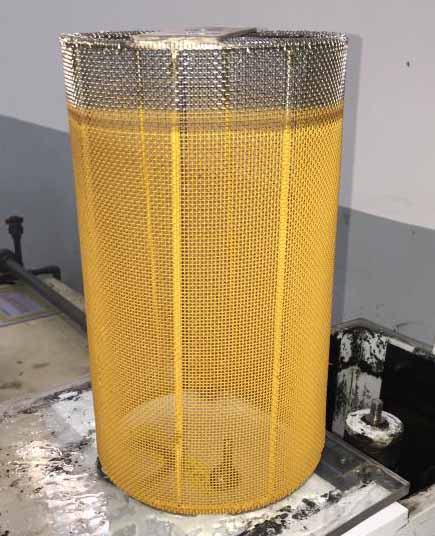
Chapter 5 Safety and Environmental Protection Requirements
1.Chemical Safety: Handling of gold-removing powder and acidic liquids must be performed in a fume hood, and operators must wear protective clothing, gloves, and goggles.
2.Waste Liquid Treatment: Acidic waste liquids are treated with lime milk and a neutralizer, followed by sedimentation and filtration.
3.Waste Gas Purification: An acid mist absorption tower is installed to purify chlorine, nitrogen oxides, and other waste gases.
4.Solid Waste Management: Residues are collected and handled by qualified companies.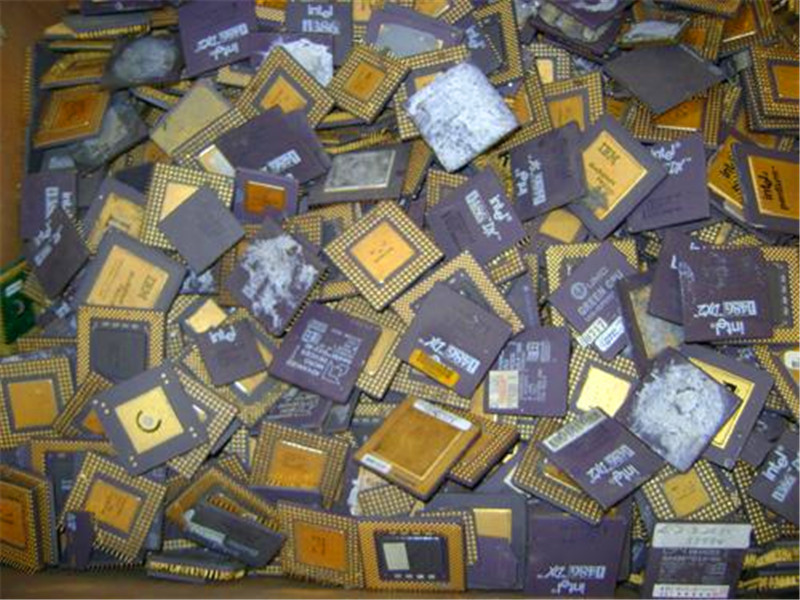
Chapter 6 Application Cases
1. Small mobile phone repair shop
Generates approximately 50 kilograms of scrap motherboards monthly.
Using the gold recovery powder and electrolytic recycling machine process, approximately 50–80 grams of gold can be recovered monthly.
2. Medium-sized scrap recycling company
Processes 20 tons of electronic waste per month.
Using this process, approximately 50–80 kilograms of gold can be recovered annually, achieving significant returns.
3. Large environmental protection company
Equipped with multiple recycling machines, forming an automated production line.
This significantly improves both the recycling rate and environmental performance, aligning with the concept of green development.
Chapter 7 Conclusion
Recovering gold from electronic scrap is a technical undertaking with both economic and environmental significance. While the traditional gold powder removal method is simple to operate, it faces issues with recovery rates and environmental sustainability. Our company’s developed precious metal electrolytic recovery machine, on the other hand, combines this gold powder removal process with high-purity, high-efficiency, and environmentally friendly recovery.
Thus, the recommended optimal solution is:
a.First, dissolve the gold using the gold powder removal process;
b.Then, use the electrolytic recovery machine for efficient recovery;
c.Useless, obtain gold with a purity exceeding 99.9%.
This combined process is suitable not only for small-scale laboratories and recyclers, but also for large-scale industrial enterprises. It is poised to play an increasingly important role in the future of electronic scrap processing and precious metal recovery.

